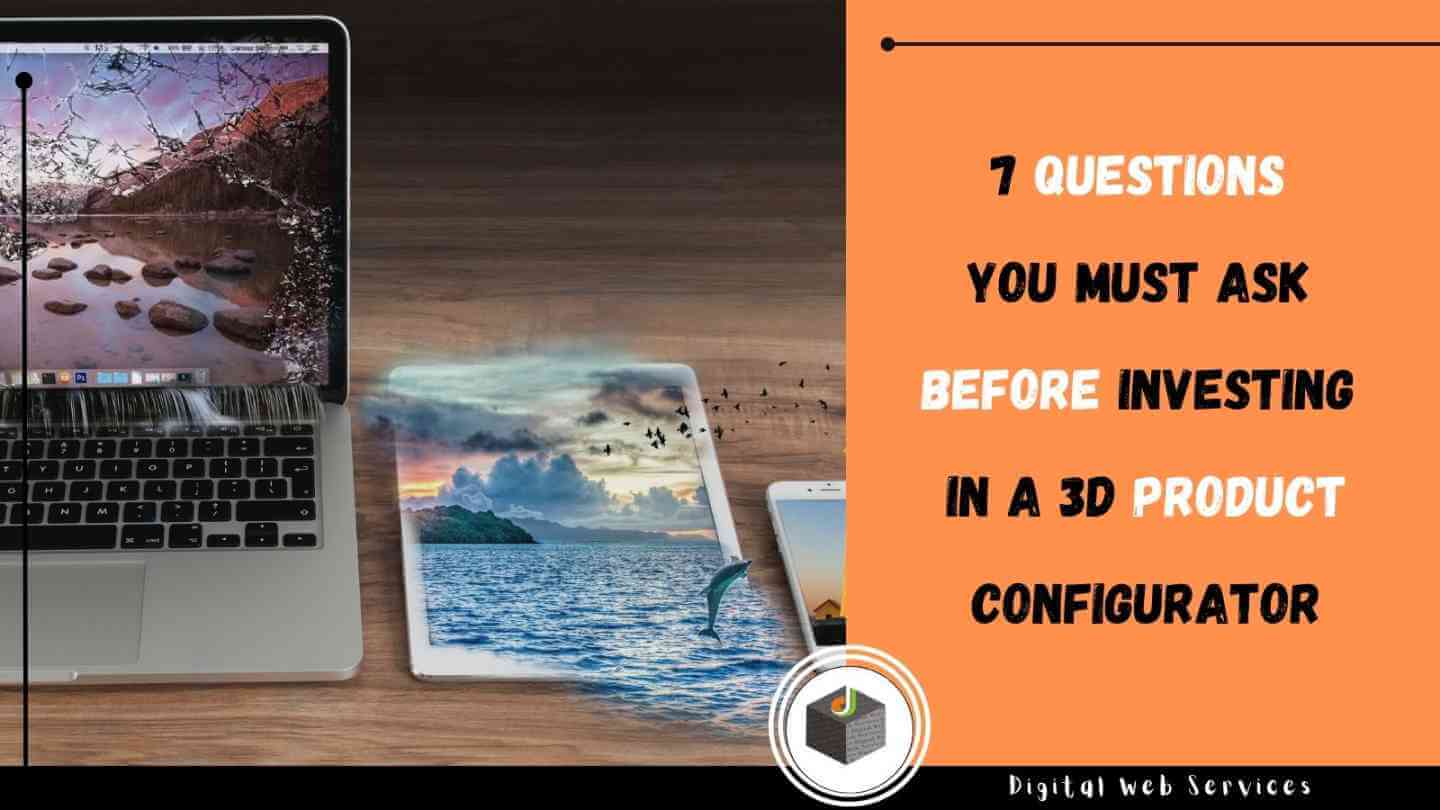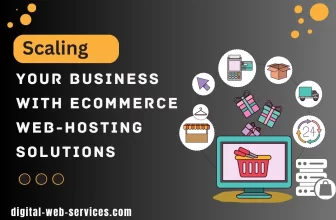
As more and more people move from offline to online stores for shopping, eCommerce store owners are trying different ways to make their customers’ shopping experience better. There was a time when including pictures and videos was used to do the job. However, with the increased demand for personalization and customization, eCommerce store owners wanted something that could cater to the complex demands of their customers.
3D product configurator has emerged as the perfect solution. It comes with advanced features that enable customers to get a 3D visualization along with many different configurations and customization options. However, choosing a 3D configurator can be complicated. After all, you do not want to get stuck with a solution that does not resolve all your issues. But there is nothing to worry about. Here, we have come up with a guide to choosing the right 3D configurator. Here, we will discuss all those questions that you must ask before investing in your 3D configuration.
7 Questions You Must Ask Before Investing in a 3D Product
How Good is 3D Product Visualization?
3D visualization is one of the biggest USPs that a 3D Product Configurator offers. After all, the name itself has 3D in it. But just the mere presence of it won’t do it for you. It is also essential to know how good the 3D visualization is. After all, good quality product visualization can increase conversion rates by almost 50 percent.
Different configurators use different approaches. For instance, some configurators use real photos of the product. Whereas, other configurators use cutting-edge 3D technology like WebGL for visualization of customized products. Here, it becomes essential for you to check how close to reality these visualizations are. Your goal should be to ensure that whatever visualization the configurator renders, it should be more lifelike. The more lifelike the visualizations are, the more confidence the customers will have in your final product.
Does it Have Universal Compatibility?
There are more than 200 eCommerce platforms. Many of those eCommerce platforms cater to industries that have narrow niches. Here, you need to ask yourself a question – are you using one of such platforms? Many experts suggest that you should go for a configurator that has universal compatibility.
Here, universal compatibility refers to the fact that the integration will work for any eCommerce platform. This offers you a great advantage. With this, you will be able to use the 3D configurator not only for the specialized eCommerce platform but also if you decide to switch to a mainstream platform like Shopify, Magento, Salesforce Commerce Cloud (SFCC), etc.
Does it Have Dynamic Pricing?
Your buyers always have an eye on the price while buying. With a 3D configurator tool, you can offer full price transparency to them. You can define pricing rules and show costs that change as and when a user makes different configurations and customizations.
In dynamic pricing, you can display the cost of items in real-time. This pricing gets reflected as soon as the customer selects various options. This feature offers complete transparency to your customers. In addition, it also saves you from doing extra work to update the price every time a customer makes any customization and configuration.
Personalization and customization are great strategies for upselling to your customers as it offers a great deal of shopping experience. They are also a great tool for increasing product margins. You can further increase the shopping experience with the help of dynamic pricing.
Does it Have Multi-device Accessibility?
Today, any software is not complete if it is not mobile responsive. It is because almost half of the users on the internet access it through smartphones. If your 3D product configurator is not compatible with mobile and other devices, you may lose out on a huge chunk of internet users. So, ensure that your configurator is accessible via a mobile, tablet, or any other device that your target audience might use.
How Many Options Are Available for Each SKU?
SKU is an abbreviation of a Stock Keeping Unit (SKU). It refers to the total number of storing and keeping track of a brand’s inventory. However, it allows retailers to distinguish between different products. A standard SKU means a single item like a white T-shirt. Whereas a configurable SKU means a customizable element of the product like a chair in a dining set, a hard disk in a computer, etc. Here, your aim should be to determine if the solution supports configurable SKUs or not.
3D configurators have the capability to encompass several elements in a product. If you have products that come with a bunch of custom features and complexity, then there must be multiple options for an SKU. Here, you must ensure that your 3D configurator is able to offer configuration and customization of all the variants, including its price, SKU, material, color, manufacturer, size, engravings, and type.
Do You Need Additional Features?
A 3D configurator is a great addition to your store. It is because it streamlines and accelerates the sales cycle. However, you might lose out on some mighty benefits if it lacks some features. For example, if you are a global brand, then you would want to have multiple languages and currencies featured in your configurator. Apart from that, other important features are manufacturing documentation and AR capabilities.
Dependencies Between Options: Simple or Complex?
Products come with their own set of design options. However, you must consider the dependencies, rules, and complexities associated with your products. If there are several product-related constraints, then the configurator must be able to deal with it all. For example, you do not want a room configurator that allows users to configure a table that is bigger than the room’s length. One thumb rule here is that the more complex your products are, the greater the need for a 3D product configurator.
Conclusion
A 3D configurator is a must if you want to cater to complex customization requirements. With many types of 3D configurators available, you must be smart to choose the right one for your business. For this, you can analyze your business requirements carefully and then search for the 3D configurator that can meet all those requirements. Here, you must also factor in possible future requirements so that your 3D configurator can accommodate those as well, making it more scalable and future-proof.
Digital Web Services (DWS) is a leading IT company specializing in Software Development, Web Application Development, Website Designing, and Digital Marketing. Here are providing all kinds of services and solutions for the digital transformation of any business and website.










